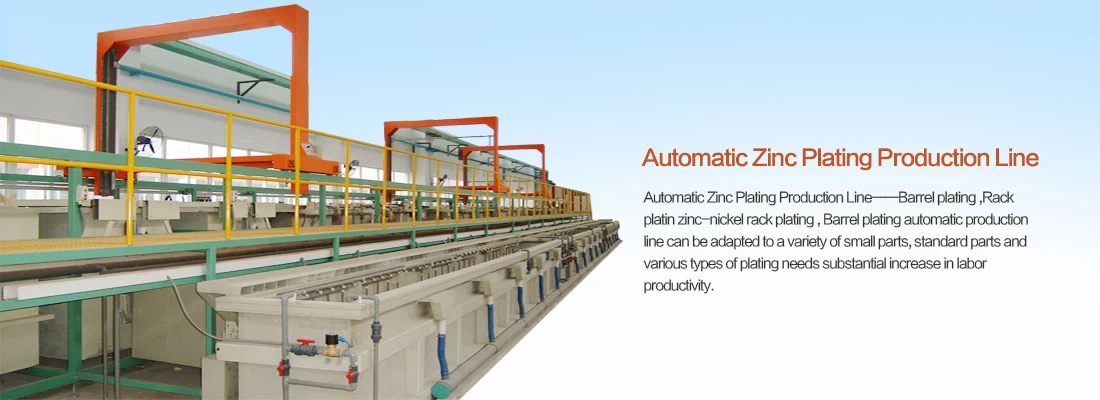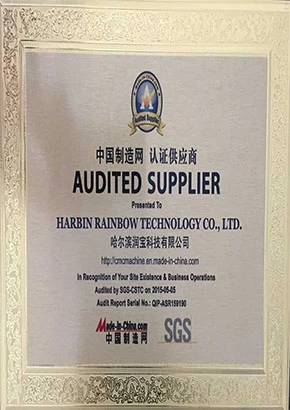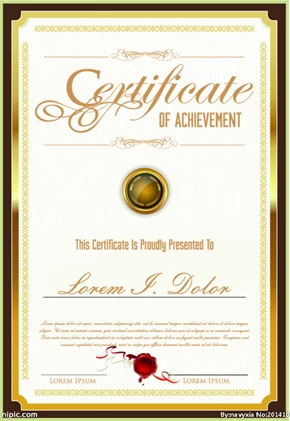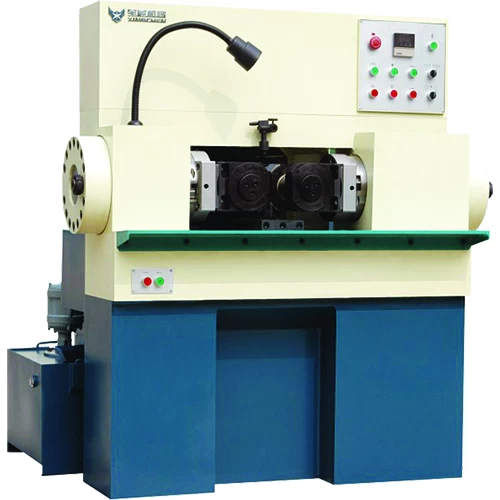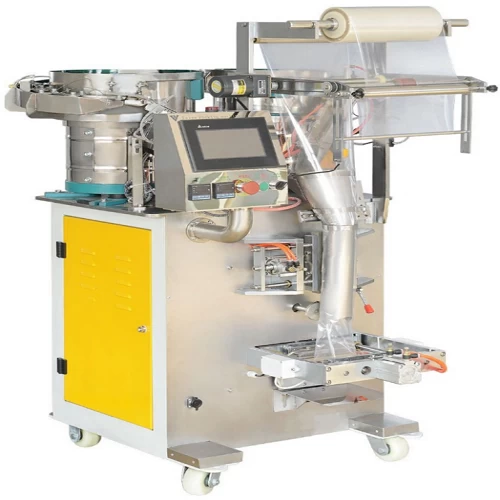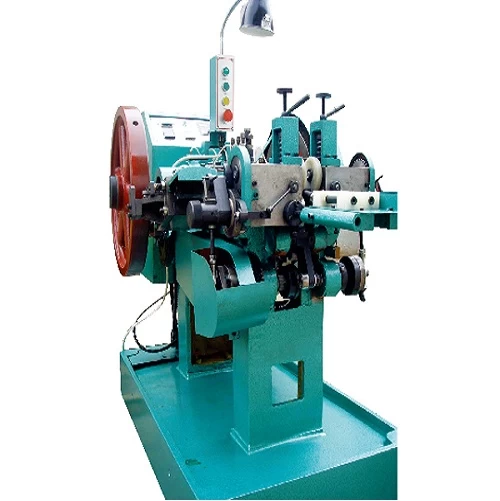quenching effect
2016-08-23 17:51:52
What is the purpose of quenching liquid
Austenite can guarantee more than the critical cooling rate of the cooling rate for martensite, get the effect of extinguishing clear that extinguishes the net cooling capacity requirements are very different for different types of steel for austenitic greater stability for the quench cooling capacity requirements for lower fluid, other higher order, such as carbon steel, water (salt \ caustic soda) (less cooling capacity) to steel vessels, such as oil quenching.
What is the quenching and tempering, and the role of
Also known as tempering with fire. heat treatment process of metals. After the re-hardening of the workpiece is heated to a suitable temperature below the critical temperature, the holding time after cooling in air or water, oil, metal heat treatment medium. Or alloy after quenching the workpiece is heated to a suitable temperature, holding a number of times, and then slow cooling or rapid. They are generally used to reduce or eliminate the hardened steel pressure, or to reduce the hardness and strength, to improve ductility or toughness. It can be toughened, quenching or tempering according to different requirements. As is usually the annealing temperature, the hardness and the resistance decreases gradually increased ductility and toughness.
Tempering is a metal workpiece is heated to a suitable temperature and for a time, and then dipping quenching rapidly cooled process of heat treatment of metals, in order to extinguish be supercooled is martensite austenite or bainite transformation to give martensite or bainite with different temperatures and quenching a substantial increase in strength of steel, hardness, wear resistance, fatigue resistance and resistance to meet the diverse needs of mechanical parts and tools. You can also find some special physical and chemical properties of ferromagnetic special steel and corrosion resistance by quenching.
• surface hardening steel
In some parts of the workpiece torsional and bending in alternating load under impact loading action, which bear the surface layer is higher than the voltages of the core section. For friction, where the surface layer is also constantly being used, so that some parts of the surface layer is made of high strength, high hardness, high wear resistance and high fatigue limit and other requirements, only the surface hardening, in order to meet the above requirements. Once the surface has small deformation hardening, the productivity advantages and therefore the production of wide range of applications.
Depending on the heating mode, the main heating surface hardening by induction hardening, flame hardening heating surface hardening electrical contact with the heating surface.
• induction hardening of the heating surface
Induction heating is the use of electromagnetic induction, the flow in the workpiece and the workpiece is heated. Induction hardening of the heating surface and the common quenching ratio has the following advantages:
1. The heat source on the surface of the workpiece, the rapid heating and high thermal efficiency
2. The result of the work as a whole is not heated, deformation
3. Workpiece heating time is short, less surface oxidation and decarbonization
4. The high surface hardness, the notch sensitivity is small, hardness, fatigue resistance and wear resistance are greatly improved. Conducive to play to the potential of the material, reduce material consumption, improve parts life
5. Good equipment is compact and easy to use, working conditions
6. facilitate mechanization and automation
7. It is used for hardening of the surface can also be used in heating and chemical heat penetration.
• The basic principles of induction heating
The workpiece on the sensor when the sensor by an alternating current generated around the inductor current with the same frequency as the alternating magnetic field generated in the piece of work corresponding to electromotive force induced current induced on the surface of the workpiece, or is Eddy. This vortex under the action of the workpiece resistance, electrical energy to heat so that the temperature of the quench surface temperature, surface hardening can be achieved.
Performance • Hardening surface induction
1. Surface Hardness: high, medium frequency induction hardening of the heating surface of the workpiece, the surface hardness is often higher than the average of 2 to 3 units tempering (HRC).
2. Wear: high frequency wear quenching the workpiece after quenching is higher than average. This is mainly due to the hardened layer of fine-grained martensite and carbide high dispersion and relatively high hardness, high pressure synthesis of stress surface results.
3. Fatigue strength: high, average surface hardening rate much higher fatigue strength, notch sensitivity decreased. The same material as the workpiece, the depth of the hardened layer within a certain range with the depth of the hardened layer increasing resistance to fatigue, but the depth of the hardened layer is too deep surface compressive stress, increasing, thus the depth of the hardened layer fight fatigue, but decreased, and increased brittleness workpiece. Typically hardened layer depth δ = (10 ~ 20) suitable More% D, where D. The effective diameter of the workpiece.
Austenite can guarantee more than the critical cooling rate of the cooling rate for martensite, get the effect of extinguishing clear that extinguishes the net cooling capacity requirements are very different for different types of steel for austenitic greater stability for the quench cooling capacity requirements for lower fluid, other higher order, such as carbon steel, water (salt \ caustic soda) (less cooling capacity) to steel vessels, such as oil quenching.
What is the quenching and tempering, and the role of
Also known as tempering with fire. heat treatment process of metals. After the re-hardening of the workpiece is heated to a suitable temperature below the critical temperature, the holding time after cooling in air or water, oil, metal heat treatment medium. Or alloy after quenching the workpiece is heated to a suitable temperature, holding a number of times, and then slow cooling or rapid. They are generally used to reduce or eliminate the hardened steel pressure, or to reduce the hardness and strength, to improve ductility or toughness. It can be toughened, quenching or tempering according to different requirements. As is usually the annealing temperature, the hardness and the resistance decreases gradually increased ductility and toughness.
Tempering is a metal workpiece is heated to a suitable temperature and for a time, and then dipping quenching rapidly cooled process of heat treatment of metals, in order to extinguish be supercooled is martensite austenite or bainite transformation to give martensite or bainite with different temperatures and quenching a substantial increase in strength of steel, hardness, wear resistance, fatigue resistance and resistance to meet the diverse needs of mechanical parts and tools. You can also find some special physical and chemical properties of ferromagnetic special steel and corrosion resistance by quenching.
• surface hardening steel
In some parts of the workpiece torsional and bending in alternating load under impact loading action, which bear the surface layer is higher than the voltages of the core section. For friction, where the surface layer is also constantly being used, so that some parts of the surface layer is made of high strength, high hardness, high wear resistance and high fatigue limit and other requirements, only the surface hardening, in order to meet the above requirements. Once the surface has small deformation hardening, the productivity advantages and therefore the production of wide range of applications.
Depending on the heating mode, the main heating surface hardening by induction hardening, flame hardening heating surface hardening electrical contact with the heating surface.
• induction hardening of the heating surface
Induction heating is the use of electromagnetic induction, the flow in the workpiece and the workpiece is heated. Induction hardening of the heating surface and the common quenching ratio has the following advantages:
1. The heat source on the surface of the workpiece, the rapid heating and high thermal efficiency
2. The result of the work as a whole is not heated, deformation
3. Workpiece heating time is short, less surface oxidation and decarbonization
4. The high surface hardness, the notch sensitivity is small, hardness, fatigue resistance and wear resistance are greatly improved. Conducive to play to the potential of the material, reduce material consumption, improve parts life
5. Good equipment is compact and easy to use, working conditions
6. facilitate mechanization and automation
7. It is used for hardening of the surface can also be used in heating and chemical heat penetration.
• The basic principles of induction heating
The workpiece on the sensor when the sensor by an alternating current generated around the inductor current with the same frequency as the alternating magnetic field generated in the piece of work corresponding to electromotive force induced current induced on the surface of the workpiece, or is Eddy. This vortex under the action of the workpiece resistance, electrical energy to heat so that the temperature of the quench surface temperature, surface hardening can be achieved.
Performance • Hardening surface induction
1. Surface Hardness: high, medium frequency induction hardening of the heating surface of the workpiece, the surface hardness is often higher than the average of 2 to 3 units tempering (HRC).
2. Wear: high frequency wear quenching the workpiece after quenching is higher than average. This is mainly due to the hardened layer of fine-grained martensite and carbide high dispersion and relatively high hardness, high pressure synthesis of stress surface results.
3. Fatigue strength: high, average surface hardening rate much higher fatigue strength, notch sensitivity decreased. The same material as the workpiece, the depth of the hardened layer within a certain range with the depth of the hardened layer increasing resistance to fatigue, but the depth of the hardened layer is too deep surface compressive stress, increasing, thus the depth of the hardened layer fight fatigue, but decreased, and increased brittleness workpiece. Typically hardened layer depth δ = (10 ~ 20) suitable More% D, where D. The effective diameter of the workpiece.



